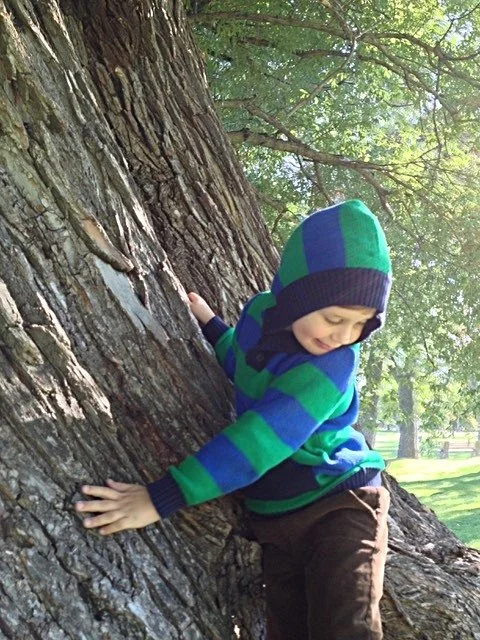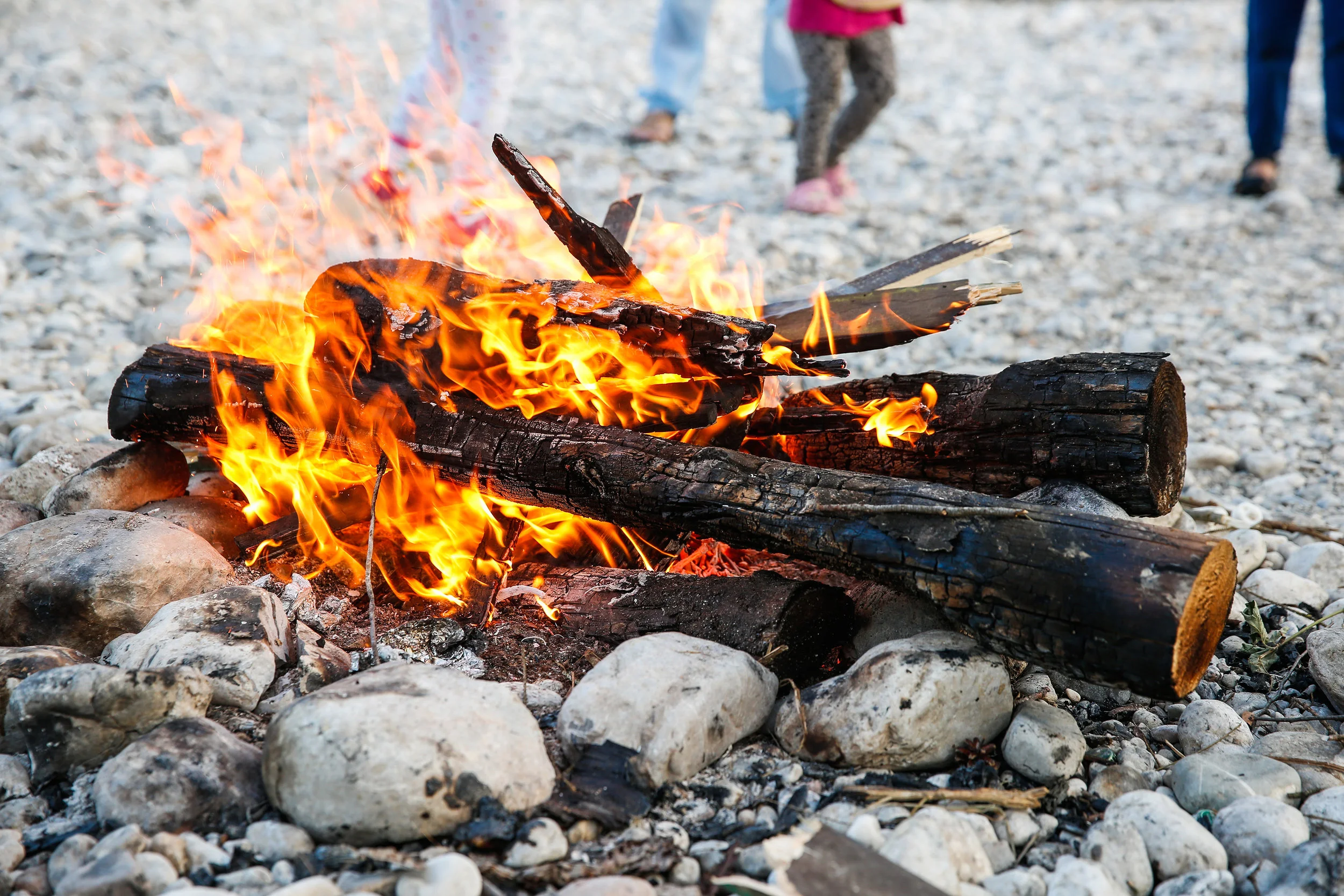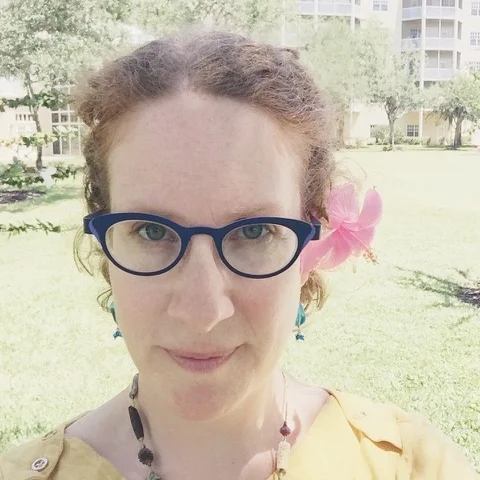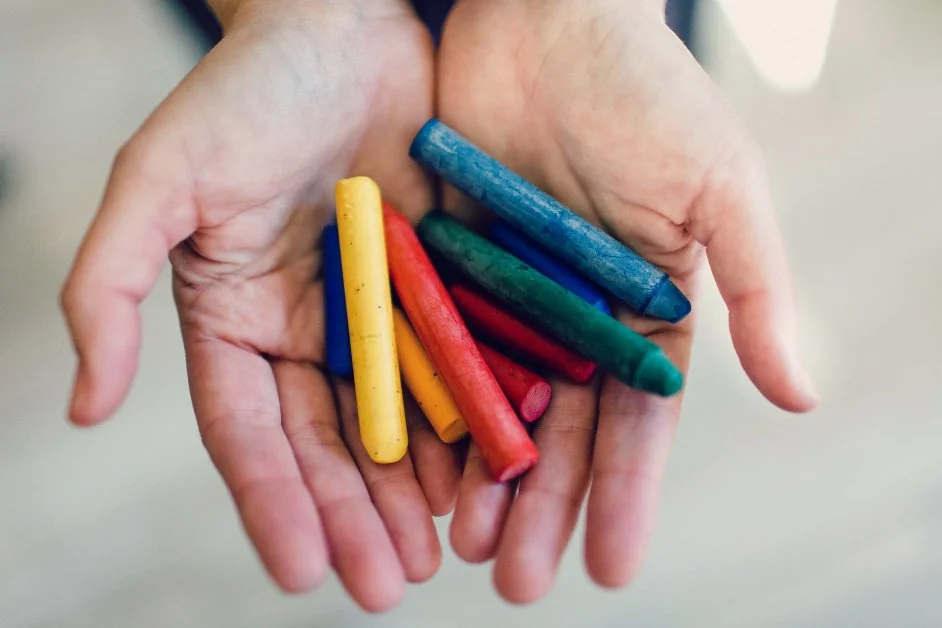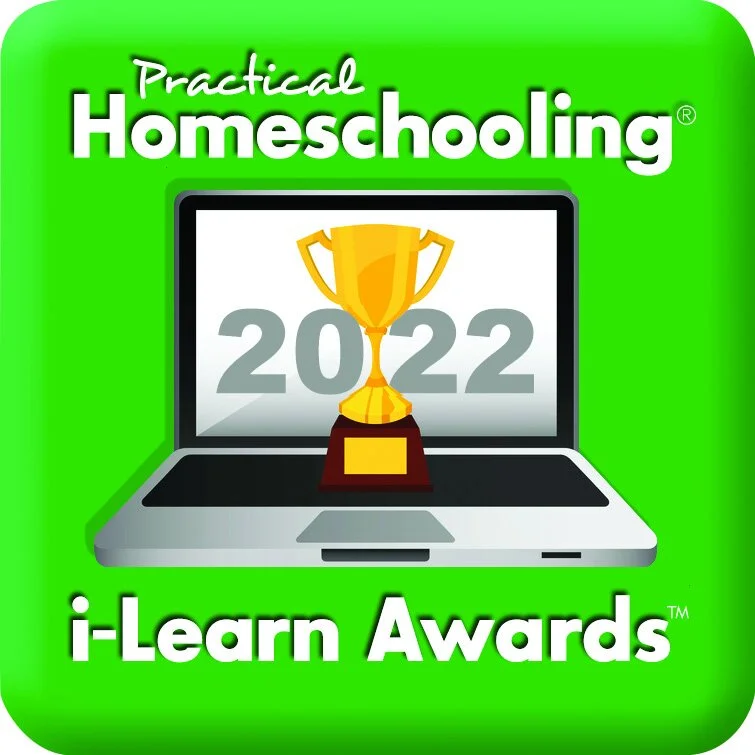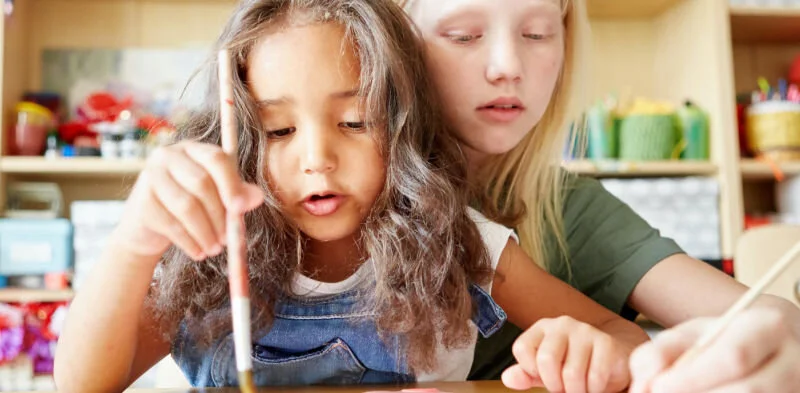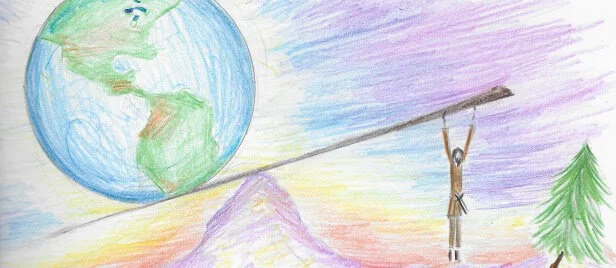
Waldorfish Blog
Getting Started With Storytelling.
Finding inspiration in doing, exploring, and enjoying nature.
Last week I talked about why we tell stories, and why children need us to tell them stories.
This morning, I took a few moments to think about where I told stories this week. At the preschool where I assist a few mornings a week, the children were telling their scariest stories, which mostly involved older siblings shooing away ghosts. I shared some little tales to help redirect play, and later in the day, visited one of my tutoring students. Together she and I explored the stories of Marco Polo and Ibn Battuta, contrasting their storytelling styles, and finding that we both preferred Ibn Battuta’s easy narrative to Polo’s constant reminders of how strange and foreign everything is! And then, with my son, this week brought chances to share stories of how he’s grown, and of how hard school was for me when I was a little younger than he is now.
In many ways, storytelling is so woven into the fabric of my daily life that I hardly notice it any more, but I still remember panicking the night before starting a new lesson block, wondering how I would remember the next day’s story. Over time, I have learned some wonderfully easy ways of getting stories into my head and heart, and I look forward to sharing them with you in these posts.
Just getting started with storytelling, though, when you don’t think you know how, can be daunting in itself. Forget teaching content — how do we even begin? Here are three easy ways to dip your toes into the river of story. Be careful, though — once you start telling stories to your children, they are unlikely to let you stop!
1. When I was little . . . (Also known as, “When your grandpa was a little girl…”)
My mother’s family are born storytellers. And then, when you take a storyteller and surround her with storytellers, there is no end to the tales that come spilling out at family gatherings. My grandmother, a short, auburn-haired woman with a love of green onion sandwiches, used to start stories about my grandfather’s childhood with a twinkle in her eye and the words, “When your grandpa was a little girl…” which provoked gales of laughter right from the start. What are your family stories? Try telling one in the car or over a meal tonight. Children love to hear about themselves and about their loved ones — try telling about something your child did as an infant or toddler, or about a time when you had a similar experience to one they’re having now. It needn’t be an epic saga. A few sentences will do.
Pay attention to sensory details, if you can recall them — what did it look like, smell like, sound like, taste like? These family stories are ones you don’t have to learn; you already know them by heart. They are in your bones.
2. Nature Stories
Quick! What’s going on outside right now? What is the weather like? How strong is the wind? The name “Nature Stories” encompasses a wide range of story types and styles. Let’s start with something really simple, especially if you have children under 7. Pick an animal or plant you see every day. If you are in the Midwest of the United States, that might be a squirrel or a rabbit; maybe a goldenrod plant or a dandelion. In the heart of London? Perhaps it’s a pigeon or a swan in the park, or even a simple tree. Living on a sheep station out in western Australia? Well, sheep are easy, but maybe a wombat has been digging out your gardens. Give your child a peek into that creature’s day. Animals eat and sleep each day, just like your child.
There doesn’t need to be a big dramatic event, just the events of their day, told like you might tell your child what you did yourself that day.
“Well, Flopsy rabbit woke up, and she hopped out of her burrow. She saw the sun would rise soon, and she used her paws to clean her face. Then, she found a tasty clover flower to nibble.” Again, sensory details are key. Don’t worry about giving the animal or tree a strong personality. Just take us along for a day in their life.
Find inspiration for stories out in nature!
3. Tried and true
Why do some stories seem to get told year after year, in form after form? Because they work! There are plenty of deep reasons why preschoolers love, “The Gingerbread Man,” and older elementary kids beg for a spooky story around the campfire. Pick one you already know, one with a painfully easy plot, little to no character development, and plenty of repetition. Tell it to yourself first — in the shower, while washing dishes, as you mow the lawn, in the car — until you feel like you have a good sense for the sequence of events. Then, tell away! If you are feeling especially ambitious, you could make a little puppet play with toys your child has already.
A word to the wise: if your child is especially young — under 4 or 5 — or has never had stories told without a book before, it may take a while for them to learn to be listeners. For littles, make the stories very short and simple. You can let older kids know you are trying something new and need their help. They might like to find toys or objects to help you act out the story, or to draw as they listen. Mealtime is a great time to start a storytelling practice. It gives talkative youngsters a chance to practice listening, and to actually get some food in their bellies! Sharing a story at the table also serves to invite deeper conversation, and to give children who are more shy a chance to relax and enjoy the company around the table without the pressure of having to answer questions.
The most important piece of advice for how to get started, is to start! And then start again! Don’t be afraid to tell the same story over and over, but if a story just isn’t working, chuck it out the window and try something new. Remember, it's important. I actually think storytelling can save the world, and it’s up to all of us to tell and to listen.
(all photos: Sara Renee Logan)
Sara Renee Logan has been telling stories to anyone who would listen since she was seven. Many years as a Waldorf teacher allowed her to tell stories about everything from Baba Yaga's hut on chicken legs, to the water cycle, to the life of Joan of Arc. She continues to share her love of storytelling and stories with audiences of all ages, specializing in bringing the wild beauty of folktales to young and old.
Sara has a home on the web at sarareneelogan.com where she shares stories of her life, tips, and ideas for parents and other storytellers. Sara offers coaching services and the Story/Reading process of story-based biography exploration that guides seekers to look deeply into their own life stories through the lens of traditional tales. Sara shares her life with her partner, Melanie, their son, and an unreasonable family of pets.
Find Sara on Instagram @seven_ravens_sara
Why Waldorf Storytelling? (Introducing Sara Renee Logan!)
I was a Waldorf classroom teacher for many years, starting out as a kindergarten assistant, then a subject teacher, and finally taking on four different grades classes, with whom I journeyed for varying lengths of time.
The part of the day I loved best was story time. A hush would fall over the students, and together, we would travel on waves of words, through mysterious forests, over sparkling seas, and under the earth, sometimes passing through towns and schools that looked a lot like our own.
It was similar when my own son was small, and he wanted a story about Boy and Cat and their adventures together each night. We’d sit in the candlelit darkness of his room, and I’d struggle to stay awake as Boy and his talking Cat went on adventures.
Some of the adventures were magical, some as ordinary as a trip to the grocery store, but all were met with equal joy.
Waldorf education relies heavily on storytelling.
From the nursery to the high school, narrative retellings of all kinds of stories lie at the heart of the lesson (for more on storytelling in the Waldorf classroom, click here!). Even in middle school science lessons, we retell the story of the experiment or observation. This week, I want to focus on why storytelling is so important. Next time, I’ll get into how you might get started with storytelling for the children in your life.
So, why? Why can’t we just open a book, or show a movie, or let the children read or observe or tell their own stories. The answer is, “WE CAN!” All of those things are good and worthy ways to learn and to share learning. There is nothing wrong with books, or movies, or going out into the world to see it for yourself. So why the focus on storytelling?
First off, when I say “storytelling,” I specifically mean oral storytelling without a book. Sometimes, it feels like I might as well say, “without a net.” To tell a story from the heart, without words on the page or an image on the screen to fall back on, is to be vulnerable. That vulnerability is an invitation to our listeners to be in relationship with us. The teller needs the listener. My stories about Annika and Her Dresses when I was 8 were fun, but they became even more so when I had a friend who would listen!
The Waldorf curriculum is rich in story, from nature stories and fairy tales, through great myths and legends, to biographies and historical stories. These aren’t the only stories we can tell, though, nor should they be! Sharing stories from our own experience, family memories, and stories we create right in the moment for our children are amazing ways for our children to connect to their own place in the world. As they listen, they are building a treasure trove of stories to pass on to their own children one day, and they are learning to tell their own stories.
Telling stories allows us to make the lesson content into something that is alive. Words on paper are dead; they will not grow or change. They are fixed as they are. This is not me tearing down reading, or being anti-books, but it’s a fact; that’s part of what I love about my favorite books: they are always the same, even when I am changing, and I can meet them in new ways. A story, told aloud, from one person to another or to a group of people, is alive. It can change to meet the needs of the listener. It can be dramatic or calm. The storyteller can draw out the parts of a biography, for instance, that paint the clearest picture of a time in history, or which are the best example of a figure’s character or personality.
With a story, we can make the most daunting material feel approachable, if not familiar and friendly. We might be worried about teaching long division, or medieval law, or the American Civil War, because it feels hard or strange, or overwhelming in scale. By telling a story about dragons sharing pancakes, or a young page who must help his king in a difficult matter, or a family making decisions about whether or not to fight, we can add a drop of humanity, and sometimes even a little levity, to subjects that threaten to feel heavy.
Storytelling demands that we be absolutely present to the story. In this, it is a present, a gift to our listeners. We bring our whole selves into that moment, and together, teller and listeners weave a tapestry of experience. It is a beautiful way for us to connect with our children.
Photo: SRLogan
So, again, why should we tell stories? In short, my deepest answer, the one I get when I stop dancing around the academic benefits and Steiner’s recommendations and so on, is this: Because it is their birthright. Humans tell stories. We tell stories about ourselves, about our homes, about our countries, about our Gods, about our heroes, and about our deepest fears. Children deserve to have access to that magic, to that history, and to themselves. We can offer it to them word by living word, drop by delectable drop. We can offer it to them in the car, cuddled up in bed, on a beach, on a subway platform, over dinner, in a hospital, at the zoo, on an airplane, on a mountain, waiting in line at the grocery store — there is nowhere we cannot share a story, so it is available and accessible. It is their inheritance as story-telling creatures. We owe it to them. We, as adults, owe children not only pre-written, pre-illustrated, pre-digested stories, but new stories, old stories, stories burning like fire on our tongues, and stories flowing like water between us. And if we tell them our stories, we may be lucky enough that they will tell us theirs.
Related content:
Sara Renee Logan has been telling stories to anyone who would listen since she was seven. Many years as a Waldorf teacher allowed her to tell stories about everything from Baba Yaga's hut on chicken legs, to the water cycle, to the life of Joan of Arc. She continues to share her love of storytelling and stories with audiences of all ages, specializing in bringing the wild beauty of folktales to young and old.
Sara has a home on the web at sarareneelogan.com where she shares stories of her life, tips, and ideas for parents and other storytellers. Sara offers coaching services and the Story/Reading process of story-based biography exploration that guides seekers to look deeply into their own life stories through the lens of traditional tales. Sara shares her life with her partner, Melanie, their son, and an unreasonable family of pets.
Find Sara on Instagram @seven_ravens_sara
Rooted...
This piece is the first in a new mixed media series I'm working on.
I generally don't have a specific outcome in mind when I start these pieces...for me, it's a very similar process to veil painting. It's meditative and involves lots and LOTS of layers that eventually reveal what needs to be seen. (on the left shows the first 2 layers of the finished piece.)
Part of the work that both Brian and I do is custom illustration as well as art instruction.
Give us a shout if you'd like to collaborate!
~Robyn
shifting...
Images from our Story Starters deck. We have a few left! Grab yours here.
Shifting. Subtly. Can you feel it?
You would never know it if you were looking only at daytime temperatures....it's still oh-so-hot here. Surely we're still in the middle of summer, yes?
And yet...in the mornings, it's cooler. Just a bit. But noticeable. The air smells different. The early morning sky is again dotted with hot air balloons.
My children are noticing it too....pants. (pants!) Long-sleeve shirts. Of course, they come off by 10am, but still....it's in the air.
The farmers know too. Our farmers market is bursting (!) with their harvest. There is SO much work for them to do at this time of year.
My garden knows. Drooping sunflowers. Drying echinacea. Chilies turning red.
The creatures know. Baby birds have long since left their nests. Many creatures around our house seem to be waiting. As if they know .... not quite yet ... but soon.
I noticed myself moving things around on our little nature table yesterday. Pulling off some summery bits & pieces (but not all! No, I'm not quite ready to completely let go yet). This morning I was looking through our Story Starters deck for autumny images to replace them with.
What are you noticing? What's shifting where you are?
xo - Robyn
Looking for something?
Welcome to Waldorfish! We started this adventure in 2012 out of a desire to make Waldorf training more accessible to class teachers in remote locations and to homeschooling families everywhere! Read more, click here.
WE WON! Our Weekly Art courses were voted “best interactive art program.” Learn more about the award, here.
A few of our most popular blog posts:
